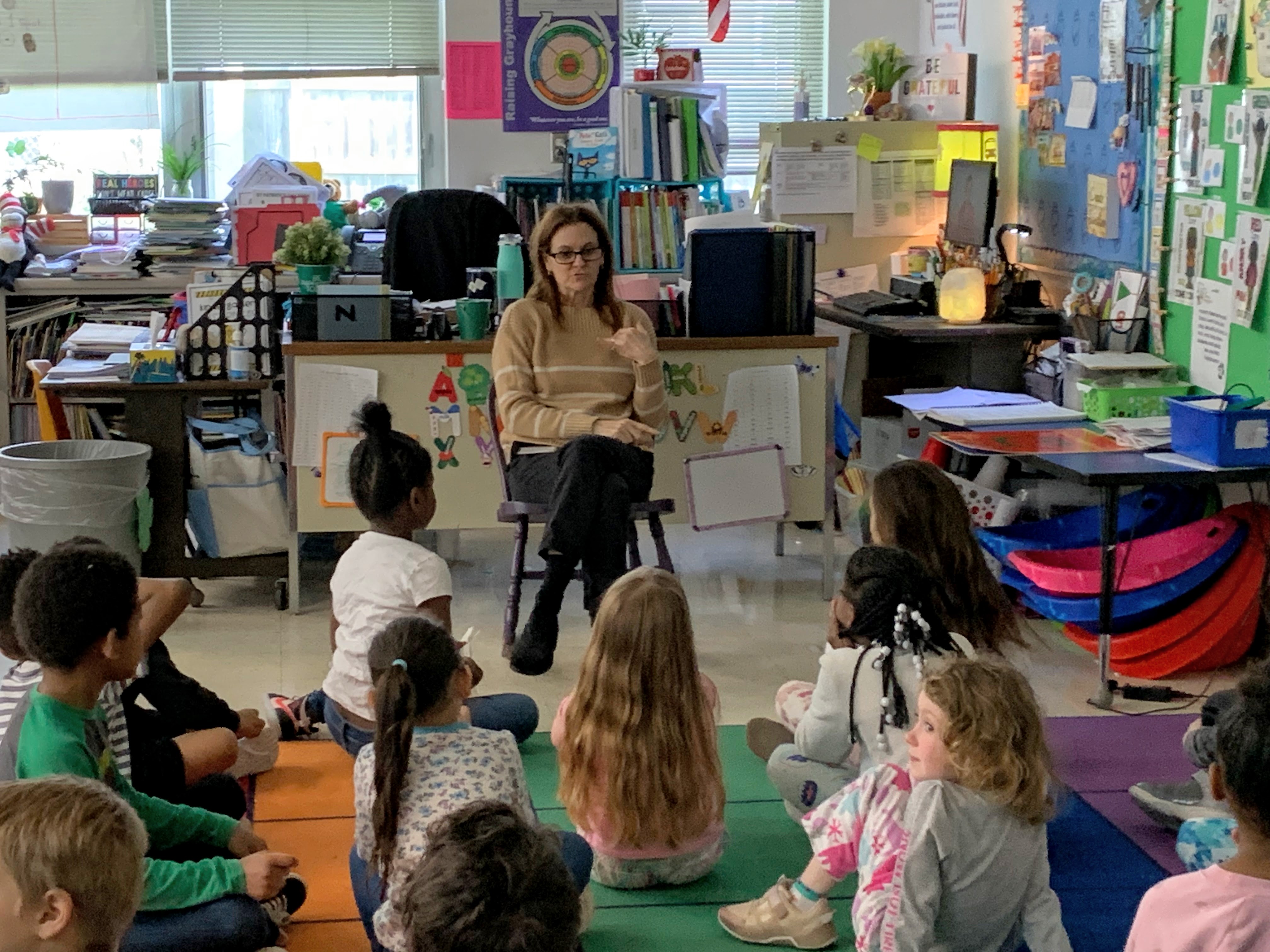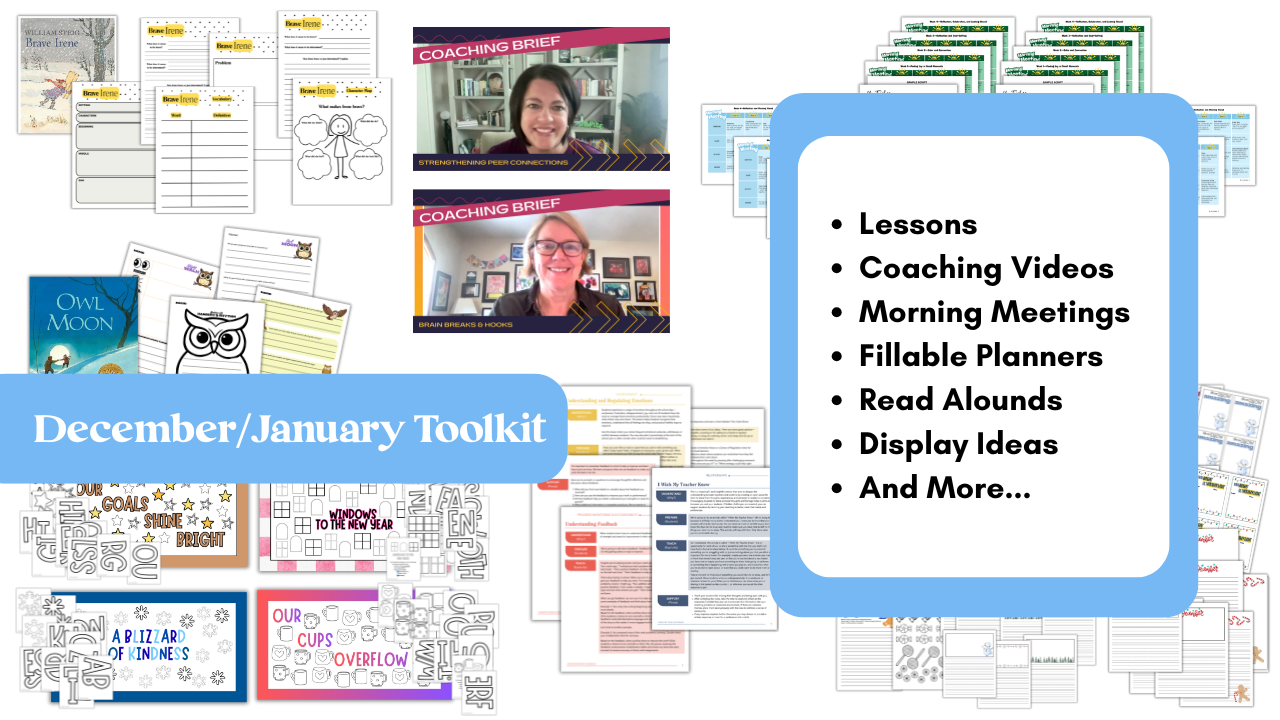
Attention spans are short, and that’s not just true for kids. Whether you’re eight or forty-eight, our brains can only hold focus for so long before they need a break or a shift. For students, especially, brief, focused lessons aren’t just a nice idea—they’re essential for keeping learning sticky and meaningful.
The general rule of thumb? Students can focus for about as many minutes as they are years old. So your 8-year-olds? You’ve got about 8 solid minutes. Your 10-year-olds? 10 minutes tops. After that—no matter their age—learners need a cognitive or emotional shift every 10 minutes to help them retain what they’ve learned and reset for what’s next. That’s not just classroom folklore; it’s backed by brain research from experts like Dr. Ken Wesson and Dr. John Medina.
Why Short and Sweet Works
Brief lessons allow us to cut through the noise and get to the heart of the teaching point. They create space for what matters most: student application and practice. Whether students are working independently or with a group, those extra minutes gained from a well-paced mini-lesson go directly into deeper learning.
Rather than long-winded lectures or overly packed instruction, brief lessons offer:
- Clear, targeted teaching on one specific concept or skill
- More time for students to engage, collaborate, and reflect
- A boost in student attention, retention, and motivation
Think of it this way: the goal isn’t to fill time—it’s to fill minds. And sometimes less really is more.
What the Research Tells Us
While John Hattie’s research in Visible Learning doesn’t give us a recommended lesson length, it does give us powerful insights into what makes teaching effective. His research on direct instruction (a core part of brief, focused teaching) has an effect size of 0.59, which is well above the 0.40 threshold that indicates significant impact on learning.
Here’s what Hattie highlights:
- Clarity is key: Students should know what they’re learning and why it matters.
- Structured teaching works: The “I do, we do, you do” model (explicit teaching) breaks learning into digestible pieces and builds student confidence.
- Time-on-task matters: Students need to be actively involved in learning. The more time they spend engaged and thinking, the more they retain. Minimizing lengthy teacher talk helps make this possible.
So, while Hattie doesn’t say “keep it under 10 minutes,” the implication is clear: the most effective teaching is focused, intentional, and student-centered.
Making It Happen in the Classroom
To build a habit of brief lessons, start by narrowing your focus. Instead of covering three concepts, zero in on one. Use a quick model or think-aloud, give students a chance to talk or ask questions, and then send them off to try it themselves.
Need structure? Try this:
- I Do (2–3 min): You model the skill or concept clearly and succinctly.
- We Do (2–3 min): Work through one or two examples together.
- You Do (4–5 min): Students apply it right away while the learning is still fresh.
Short lessons like these let students process, practice, and engage more deeply, without feeling overwhelmed.
Brief lessons aren’t about rushing—they’re about refining. They sharpen our teaching and give students more time to do the learning instead of just hearing about it. When paired with clarity, structure, and time for meaningful practice, short lessons become a big win for everyone.




